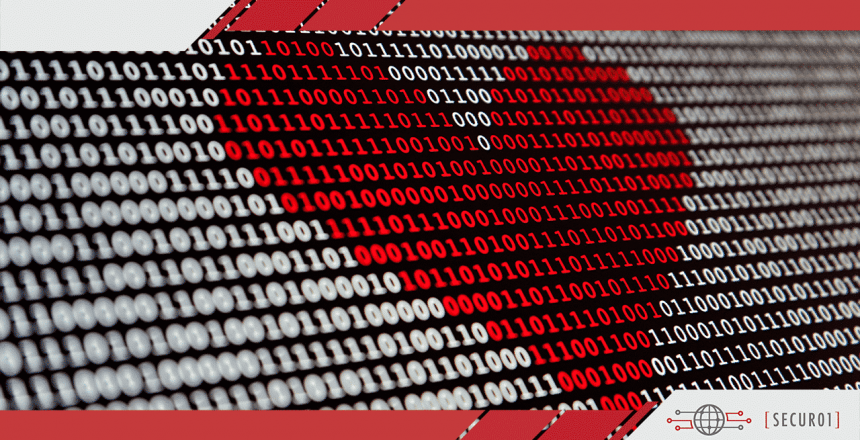Employees are the main assets and lifeblood of any successful company. That is why it is essential to invest in employee education. With the GDPR advent, data protection training has become obligatory and immensely useful. If your employees don’t know how to handle sensitive personal data at your company, you will need to implement a privacy awareness training program or take them through data security training courses. Otherwise, you could be burning your company fast if your employees don’t know how to protect sensitive data. This article outlines everything you need to know to keep your employees and company protected.
Staff training and empowering
As a business leader, training your employees is your responsibility in keeping IT data safe. Therefore, you must train your employees on various stages of data security. This training also protects your organization from errors that could lead to massive losses. You can hire a data protection officer or expert to carry out the training and even help you implement various company regulations. There are also online trainings for employees and students based on their schedules. Your employees can check the online training requirements and apply for the training which takes a relatively short time.
Training is just a step; you also need to empower your employees with the notion of accountability. This involves encouraging employees to be careful with any critical information available to them. This ensures that you do not invade their freedom while protecting your personal data. You can do this by using a code of conduct. you could, for instance, let your employee know that:
- They are not allowed to import photos or music to the work computer
- Not allowed to click on suspicious links
- Not allowed to re-use the same passwords for too long
- To handle the content of messages carefully and cautiously
- Pay attention to the WI-FI in cafes in case they have to work with work computers outside.
Best practices for data training and awareness
The training needs to go beyond the basics. Remember, for your workforce to handle data appropriately, they need to understand the data lifecycle, such as how data is created, shared, stored, used, archived, and destroyed within a company. Training awareness program should cover the following:
How to label data
- what needs to be protected
- how to organize data
- how to dispose of data
- the protocols of sharing data
- the importance of backing up crucial data.
HIPAA, CCPA, and GDPR compliance.
Today, there are many privacy regulations in place for protection of personal information, both local and global, that you may need to follow when it comes to how your workforce manages personal data. Most regulations require some forms of training for the employees handling this data. So, what are some of the most influential and impactful policies in force today? They include:
- HIPAA: The Health Insurance Portability and Accountability Act of 1996, commonly abbreviated as HIPAA, offers data privacy and security provisions to protect medical information in the U.S.
- CCPA: California’s Consumer Privacy Act or CCPA enhances privacy rights and consumer protection for all California residents.
- GDPR: The General Data Protection Regulation or GDPR is a regulation on general data privacy and protection for all the EU citizens that also includes the transfer of personal data out of the EU.
Note that you don’t have to comply with all the three regulations listed, but there are many other regulations not listed here that you may need to comply with.Your employees need GDPR training because it is general. Do your due diligence to determine which regulations you need to work with and which ones may not be necessary.
Keeping software safe and turning away social engineering attempts
Most data breaches begin when there has been a successful social engineering attack. This is usually a hacker using an employee to get them to give them access to critical data. Hackers can use many mind games to get to your data, including Facebook friends. Train your employees on how to process personal data to help them recognize a social engineering attack and what to do if they believe they have been targeted.
Your employees heavily rely on the pieces of software in your company, which requires constant updates. Without these, any machine is at risk of being the source of data breaches or malware access points. Thus, patching is always necessary as it is designed to fix, update, or improve a computer program. Systems are patched to improve performance, bugs, usability, and many more. Your training should also incorporate patching to enable your employees to know when to patch, who should patch, and other patching management guidelines.
Know what identity theft is and what it looks like
As a corporate leader, you need to learn many data protection essentials before training your employees. Some of the basic information includes knowing what identity theft is and how to handle it when it happens. Personal information is relatively easy to obtain today due to many social sites. Thieves use this information in many ways that can benefit them, such as criminal evasion, financial gain, and illegal collection of medical benefits and social security.
Identity thieves use your stolen personal information to create imposter accounts and gain access to other existing accounts. Armed with the company’s personal information, identity thieves can manipulate this data to their advantage, rob your company, or even sell this information to your competitors; however, if you train your employees on how to protect their personal data, how to spot red flags like suspicious friend requests, they are at a better position to detect and run to safety.
Password management and best practices for choosing
Most hackers aim at passwords to gain access to critical information. Your employees depend on computers and personal laptops to complete jobs and share important information across the workplace. Choosing a password may seem easy, but when it comes to sensitive data, you need to think twice about the password that you choose.
Your password, as well as those of your employees, should have letters, numbers, and other characters that make them unique. You can also incorporate the two-factor authentication and multi-factor authentication. Both of these require at least two pieces of evidence to grant access to the system. For instance, you can use code and a password. The code will be sent to your mobile device via text to ensure that you are the rightful owner.
Technology today makes it easy to share information just by the mere click of a button. That is why privacy protection standards will continue going up, which makes it even harder for companies to keep up with the set regulations and guidelines. However, an informed workforce is a safe workforce. Therefore, work on data protection training.





